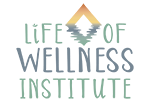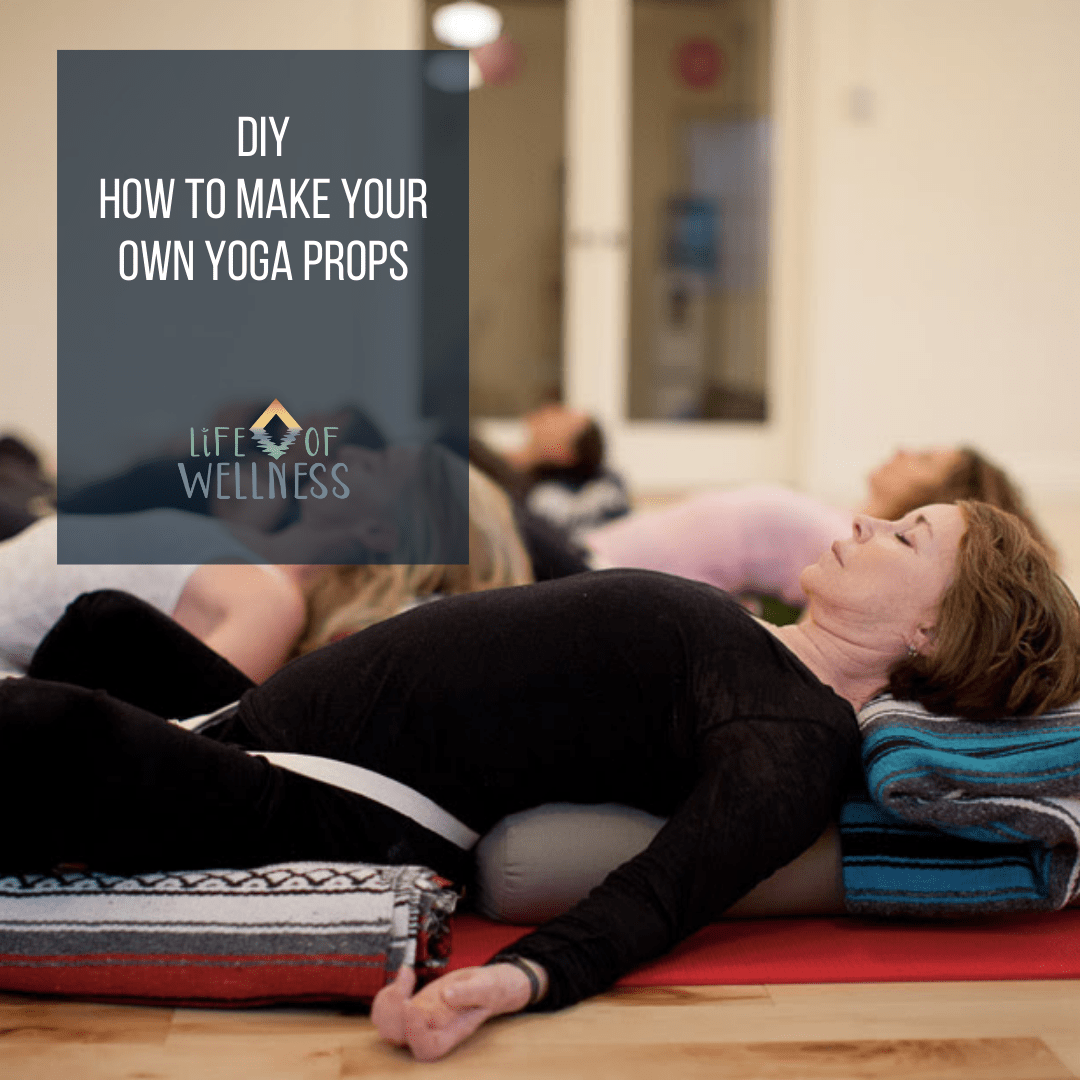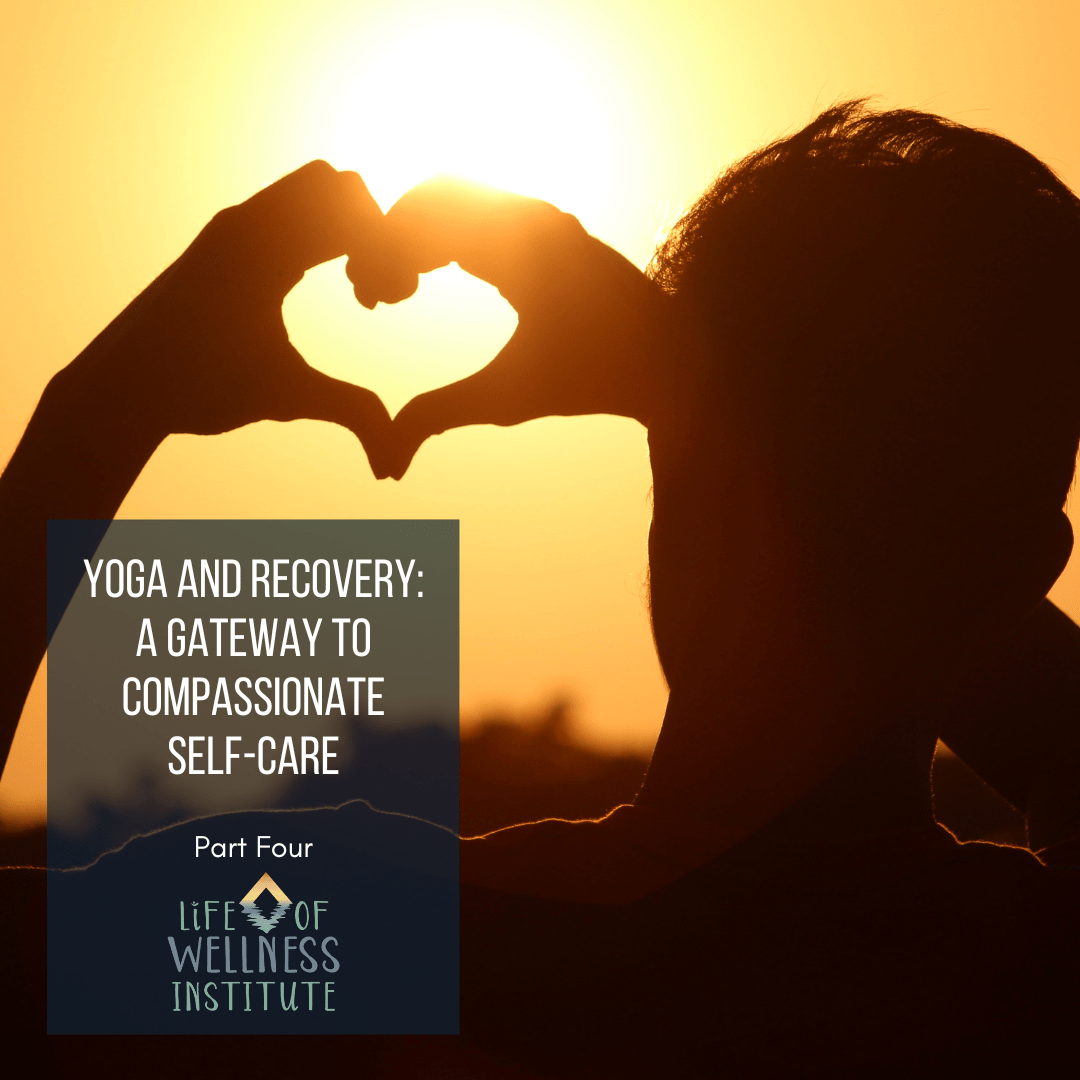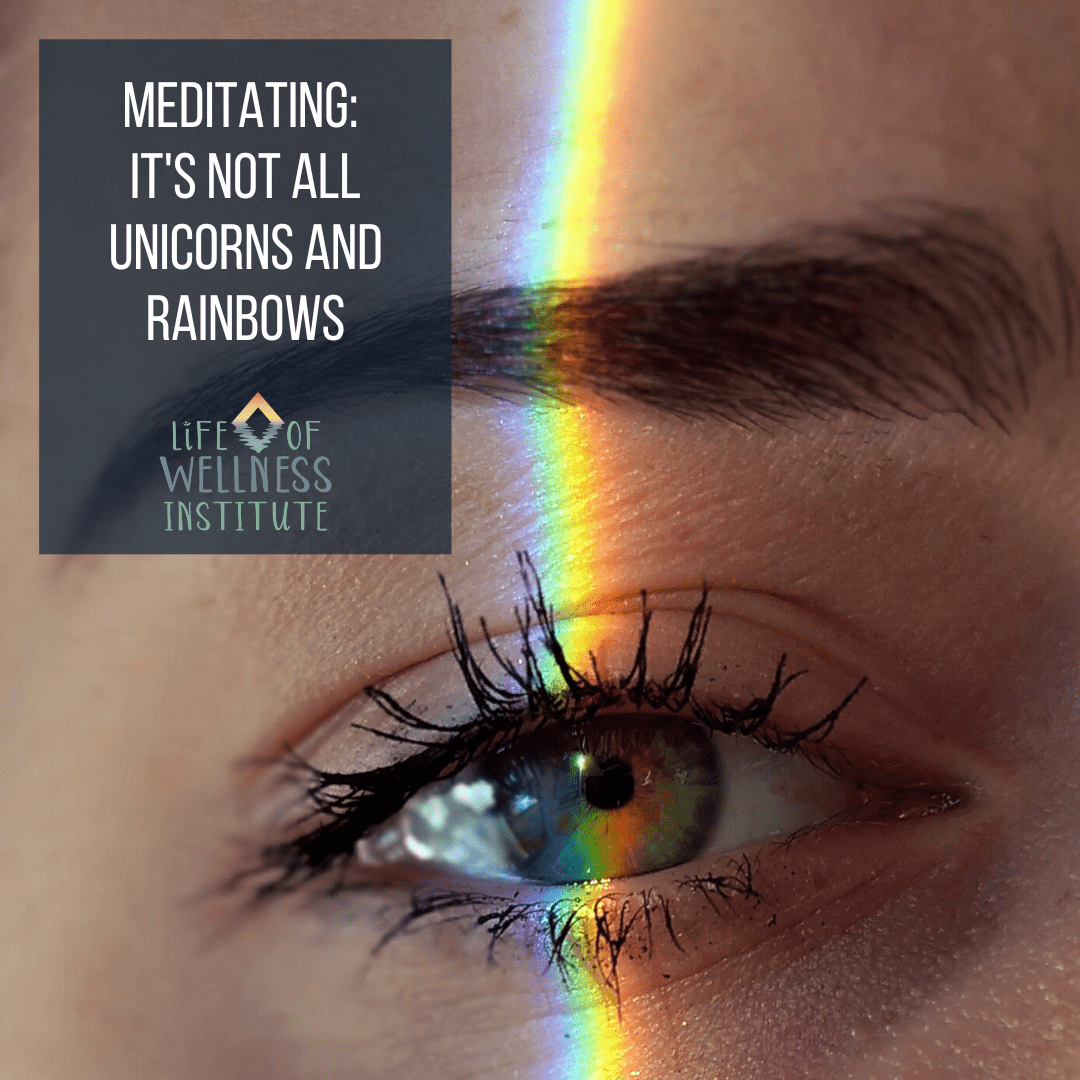It’s no secret that mental health disorders like PTSD and eating disorders can take a toll on your life. But you may not know how we cope with these disorders, and avoidance can worsen them.
Avoidance is a common coping mechanism for people with PTSD and eating disorders. It can take many forms, such as avoiding certain places, people, or activities that activate symptoms. Avoidance can also take the form of engaging in activities or behavior to not having the time or space to feel our body’s communication, feelings, thoughts, and emotions of our suffering.
Another common coping mechanism is to turn to alcohol or drugs to numb the feelings of anxiety and fear. While these behaviors may provide some relief in the short term, they can worsen symptoms in the long run.
In this article, I will discuss the role of avoidance and behaviors in disordered mental health and recovery. I will also be providing some tips on learning how to cope in a healthier way.
Isolating in Shame and Avoidance
At sixteen, I faced an unimaginable choice that led to moving out on my own. Being a minor, my victim services advocate referred me to a social services case worker. Over the next few days, they worked to get me financial support to live on my own. I was given an equivalent of welfare to support myself and left to find my way in the world.
What was intended to help me also left me in complete isolation. The “support” I received was a cheque, and while that was essential, what I needed more was guidance. No one told me how to find a home, how to budget the small amount I now had to survive, or how I could finish high school when I had no choice but to work. No one suggested therapy or support groups or even asked how I was doing.
But would I have told them if they had asked? Life had taught me that mental health was not something one talked about—it was best kept to silence, whispers, or gossip. When members of my family faced their challenges, they were described as having breakdowns, sickness, and being crazy. I also had no language for what I was facing. I was ashamed and believed I was broken and had to hide that to have anyone in my life.
All I had was my maladaptive coping tools and very few resources to support myself, all while trying to finish high school and working full time to afford rent and transportation. I had barely anything left for food, which had become my only source of coping. And now, I didn’t even have that.
Mind the Gap
At birth, we cannot take care of our needs for food, shelter, safety, and comfort. For many, having needs and having them met is a cycle of crying and being cared for. We don’t expect babies to know how to feed themselves because they have eaten or to soothe themselves because they have been hugged. Over the next twenty years, through witnessing behavior, being taught, and making mistakes, that child is expected to learn to move through life, communicate, learn, connect with others, build relationships, and care for their own needs.
But how do we prepare for the things we aren’t taught? Or when we are unable to benefit from a healthy example?
Not having my license, let alone a vehicle to drive, I moved through life surrounded by the yellow lines on buses and the Skytrain platforms of the Greater Vancouver area. These lines were meant to communicate risk, and we were meant to understand their meaning and heed their warning. We accepted this as due diligence regardless of age, ability, knowledge, and experience as a society.
But what if there are no yellow lines? Or the understanding of what a sign of any form means?
Avoidance Causes Us to Repeat Self-Harm Patterns
When I could no longer rely on food to cope, there were no yellow warning lines that I would find another way to fill my void of suffering. The culture of silence and shame meant I was left without role models I could reach out to or even model their behaviors. If no one is there to teach us how to care for our mental health or the signs that we need help, how can we ever learn to care for ourselves?
The years that followed were filled with accepting inappropriate and harmful attention as love. My craving for acceptance and love led to repeatedly being taken advantage of by older men. I accepted the controlling, abusive relationships, being harmed, and being assaulted as love, and I began numbing the additional pain with alcohol. I accepted marriage with a known emotional abuser for a home and food security and called it love. Even when I successfully ended one toxic relationship, the pattern replayed with someone new. Seeking acceptance became my new pattern of binging.
"When we look to the outside to correct what's going on on the inside, we lose a part of ourselves."
Nikki Myers
The Departed Self
”Preta,” which means “departed one,” is the Sanskrit word for the “Hungry ghost,” one of the six modes of existence of Buddhism. They are pictured as beings with huge, empty stomachs and pinhole mouths and necks so thin they cannot swallow. So, they remain hungry and are riddled with powerful desires they can never really satisfy, leaving them to constantly search outside themselves for the new thing that will satisfy the craving within.
We all need to be safe and secure, feel connection and acceptance, contribute and experience fulfillment, have self-esteem, be heard and understood, learn and grow, and have self-determination. When our needs go unmet, we experience suffering. When we also live without healthy examples of coping, the language to describe our experience, the safety to tell others how we really are, or the coping tools to face our suffering, we are destined to the suffering of the hungry ghost.
We become fixated on meeting our needs and will accept substitutes that can appear to work but only help for a short period. This cycle of maladaptive coping only worsens and creates tremendous pain. Whether perfectionism, a need for approval, an eating disorder, or addiction, it catches and confines us. Like drinking salt water to quench our thirst, the substitutes never satisfy the need.
As though we are not facing enough, our failure to satisfy our needs, we become further disconnected from ourselves as we wage an internal war of shame and self-loathing.
What is the Goal of Recovery?
In the recovery of mental health, the focus is often on abstaining from maladaptive forms of self-harm and self-sabotage. If we look through the lens of addiction, this abstinence is called “being dry”. Pushing pause on harmful behaviors is a necessary and often life-saving step in recovery. Unfortunately, our current mental health care model often ends here. As though not taking these actions means we are cured.
Additionally, for those who have gone without clinical support, we also believe abstinence is the goal. This is the truth of my recovery journey. When I became pregnant with my daughter, I felt responsible for protecting her and could no longer harm my body, as she was part of it. I could no longer accept harmful or mediocre relationships because they would be in her life. So, finding a healthy relationship meant that I no longer accepted inauthentic forms of acceptance and love.
But I had not resolved the trauma that caused my PTSD or the ruminating thoughts that I was empty and alone. I just found new ways to avoid my suffering! It is common for us to trade one maladaptive coping for another. It is why we see so many people “recovered” from addiction to having eating disorders, and vice versa. Being busy became my new avoidance drug. It also fed my need to find acceptance and love. At the height of this addiction, I worked 80 hours a week and volunteered at least 25 hours a week. I was burning myself to the ground, being used by employers and people benefitting from my addiction to being seen and needed.
Seeking Help
I first sought clinical help during the aftermath of 9/11. Not because I finally realized I deserved or needed help or because I couldn’t care for myself. What drove me to seek help was feeling unable to care for my children. Drowning with shame, I hid going to a psychiatrist from everyone other than my spouse. At the end of one session, with a focus only on ending the symptoms, I was diagnosed with bipolar disorder and prescribed lithium. The only follow-up was bloodwork to monitor my liver.
Lithium is a mood stabilizer used to reduce the severity and frequency of mania (the elevated, euphoric end of the mood scale) often associated with bipolar disorder and the swings to very low depression. I was not experiencing swings. Only a constant state of very low depression, terror, and panic. It helped me pull out of the depression but also left me numb and dissociated from body sensations and emotions.
We decided to move back to Canada in the spring of 2002, and with hopes to help me feel better, I left ahead of my partner with our two kids on an Amtrak ride across the country. We moved in with my parents for a short while, and I went to work again for our family business. After telling a family member that I needed to take an hour off to see my doctor, and the resulting why. I finally shared that I had seen a psychiatrist, the diagnosis, and the prescription. “I wouldn’t tell anyone because they will think you are crazy.”
Compounded with my GP doctor, saying there was no way I was bipolar, and stopped my prescription without re-evaluating my symptoms. I returned to hiding my suffering with shame and lost hope that I could be helped.
The Path to Recovery
In the Wizard of Oz, a tornado whisks Dorothy and Toto away from their home to the land of Oz. We follow her journey to the Emerald City to ask the wizard for help. As she follows the yellow brick road, she meets the scarecrow who finds he is already smart, the tin man who finds the heart he has had all along, and the lion who finds he has courage. In the end, while Dorothy is happy for her friends, she is sad as she still doesn’t know how to return home. Glinda, the good witch, appears and tells Dorothy, “You had the power all along, my dear.”
She traveled all over Oz, looking for a way to get home, fighting battles for empty promises when everything she needed was within her all along. She only found what she craved when she stopped looking outside of herself for her needs to be met. This was Dorothy’s story of the hungry ghost!
Just like in the Wizard of Oz, I searched outside of myself for the answers. The food and people I looked to for love and acceptance were an illusion. Just like the wizard hiding behind the curtain, I would not find what I expected. Unlike the movies, our recovery is not found at the end of a clearly defined yellow brick road. Nor will Glinda magically appear, telling us to go within ourselves for the answers. But the myth is that we must take this journey alone or that no one will understand us. Much like Dorothy, we can take this journey with support who reminds us of our inner wisdom, the love and compassion within our hearts, and our courage.
What is the Goal of Sustainable Recovery?
The word sober is a word we often reserve for addiction to substances. According to the oxford dictionary, it means not drunk or not affected by alcohol. If we apply this definition to mental health, our recovery includes both the stage of abstinence AND no longer being affected by our mental health!
I have learned that sustainable recovery means embracing and loving all parts of myself. It means we wage peace on the inner war and reclaim ALL parts of ourselves. This process reminds me of Kintsugi, the Japanese art of repairing broken pottery by mending it with gold, platinum, or silver. Instead of discarding something as broken or dismissing something for its flaws, this art form embraces flaws and imperfections. In much the same way, instead of avoidance and self-loathing, the love and self-compassion we give ourselves are like the gold that reconnects us.
Replacing Avoidance with Healthy Coping
One of the many challenging parts of recovery is that we are recovering from what is causing our pain. For me, even thinking about looking back on my trauma caused panic attacks and anxiety. These tools have helped minimize avoidance and helped along the way to get through the difficult moments and doing the work to recover. These are not a panacea for mental health but rather helpful tools.
Grounding
Focusing on what is solid beneath you—noticing how you are supported and the sensations of solidity and gravity.
Orienting
Focus your attention on what you can sense in your immediate environment at this moment. Such as what you can see, hear, smell, and feel through all five senses.
Resourcing
Bringing your attention to an internal resource, such as a positive memory or a feeling of gratitude. The memory of being with my gramma and having tea and chocolate is a soothing memory of being cared for.
Breathing Practices
Yogic breath practices, like Ujjayi, can help us calm our minds and soothe our activated nervous system. A 2017 study indicated that symptoms significantly declined for people with major depressive disorder when participating in a yoga program, including coherent breathing.
A Strong Support System
Lean on friends or family members who will offer love and understanding.
A Support Group
Being in a community with people who have been through similar experiences can be incredibly helpful. We can learn from another’s experience and allow our experience can support others.
A Creative Outlet
Writing, painting, or any other creative expression can be therapeutic and a healthy outlet for coping. Being in nature, hiking, yoga, a good book, and painting have been essential tools for me.
Take Care of Yourself
While this may be counter-intuitive to the disordered thoughts of our mental health, recovery takes energy. Eat well, exercise, get enough sleep, and take time for activities that bring you joy.
Resources
- Eat Breathe Thrive: Helping individuals overcome eating disorders by providing skills and resources for mindful eating, emotional resilience, and positive embodiment.
- Mindful Yoga Therapy for Veterans: Helping Veterans and their families find a calm and steady body and mind to continue productive and peaceful lives through the support of the mindful practices of yoga and education.
- Yoga for 12 Steps of Recovery: Y12SR’s Holistic Model is designed to Address the Physical, Mental and Spiritual Dis-ease of Addiction.
- Resources in the US
- National Suicide Prevention Lifeline:
- 1-800-273-8255
- Chat: https://suicidepreventionlifeline.org/chat/
- National Alliance on Mental Illness HelpLine: 1-800-950-NAMI (6264)
- National Suicide Prevention Lifeline:
- Resources in the UK
- National Suicide Helpline UK: 0800 689 5652
- HopeLine UK: 0800 068 4141
- SANELine: 07984 967 708
- Resources in Canada
- Canada Suicide Prevention Service: 833-456-4566.
- 4 pm to Midnight EST, you can Text 45645 (standard rates apply)
- For residents of Quebec, call 1 866 APPELLE (1.866.277.3553)
- Canadian Crisis Hotline: 1 (888) 353-2273
- Crisis Services Canada: Toll-Free (24/7): 1 (833) 456-4566
- Text support (4 pm-12 am ET daily): 45645
- Canadian Centre for Mental Health
- Kids Help Phone: Text Services: Text “CONNECT” to 686868 (also serving adults)
- Chat Services: https://kidshelpphone.ca/live-chat/
- Youth Text (6 pm-12 am PT): (778) 783-0177
- Youth Chat (6 pm-12 am PT): www.youthspace.ca
- Canada Suicide Prevention Service: 833-456-4566.
Educational Resources
- Stress and trauma-informed care training. A strengths-based framework grounded in the understanding and consideration of the pervasive nature and impact of stress and trauma.
- BE KIND. Embodied Wisdom Methodology (TM)
- Trauma-Informed and Body-Neutral Certified 200-Hour Viniyoga Teacher Training
- Certified 300-Hour Advanced Yoga and Ayurvedic Somatic Coaching Training




Nice blog thanks for sharing
Thank you for leaving a comment. Happy to hear you appreciated the post.